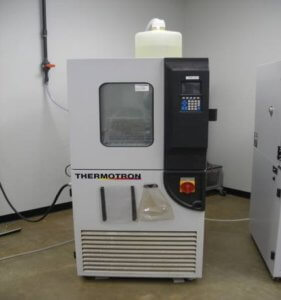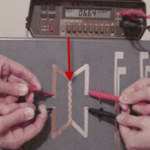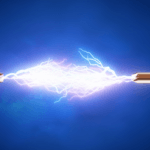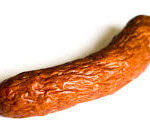Many electronics experience a wide range of climates while in operation and storage. Because of this fact, connector humidity testing is used to determine the ability of a product to withstand elevated humidity and cycling temperatures.
Humidity testing is conducted in combination with other qualification tests; mating / un-mating, Low Level Circuit Resistance (LLCR), and Insulation Resistance / Dielectric Working Voltage (IR / DWV).
What is Connector Humidity Testing?
Since condensation on a part can cause failure, it is important to understand the capabilities of the connector set you are looking at using. Failure from humidity can come in the form of corrosion on the plating, and lead to degraded electrical performance.
Humidity testing takes that into account by exposing the mated connector set to a varying range of temperatures, 25°C – 65°C, with a humidity range of 90% RH – 98% RH over 10 days.
How is it Tested?

In order to determine how the connector set reacts to humidity testing, the parts will go through, mating / un-mating, IR / DWV, and LLCR pre and post humidity exposure.
The connector set is soldered onto the appropriate test boards, and the initial base line test is performed.
The parts are then subjected to the humidity test in the chamber, and then retested to determine if they survived the humidity test.
If connector set does not pass the electrical requirements of LLCR or IR / DWV then the connector set is considered to have not passed humidity testing.
Samtec uses the standard EIA-364-31 “Humidity Test Procedure for Electrical Connectors and Sockets” as the test standard for humidity testing.
Samtec publishes all of its reports on www.samtec.com and can be found according to the series pages. To see the qualification test report that includes humidity test results for the SEAM/SEAF series please click here, or type in the series name of the part you are interested in on samtec.com.



Leave a Reply